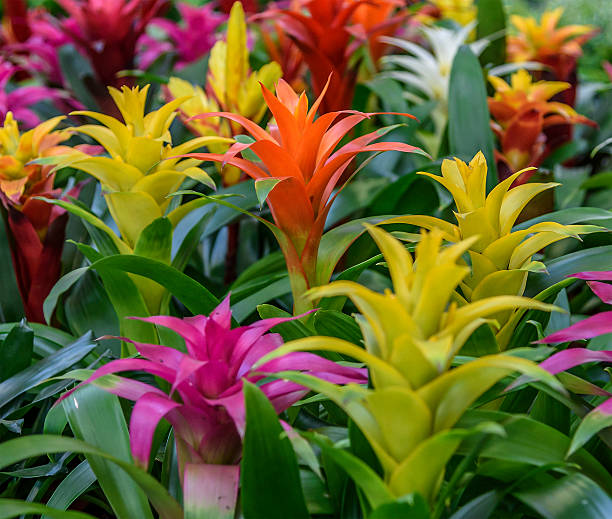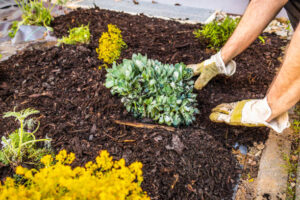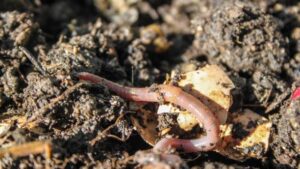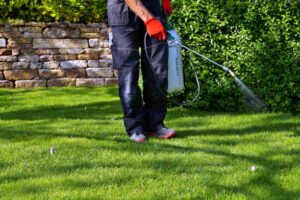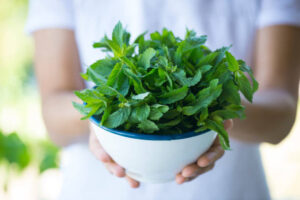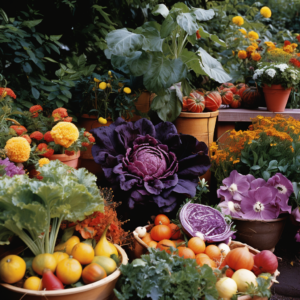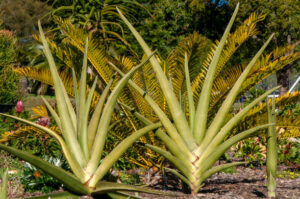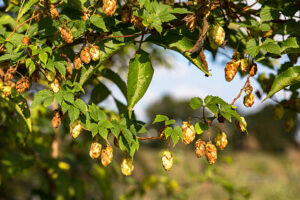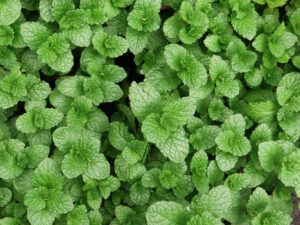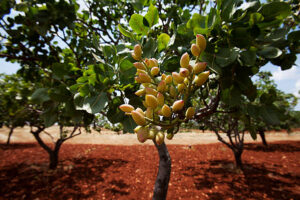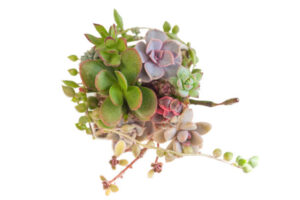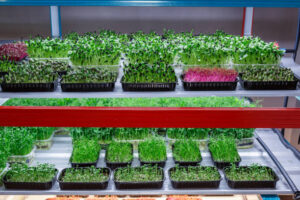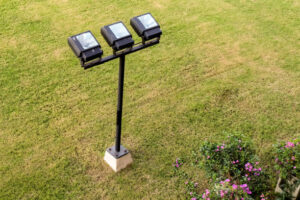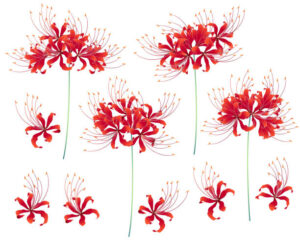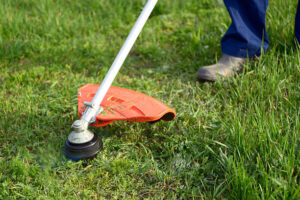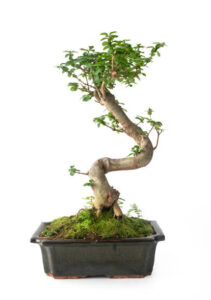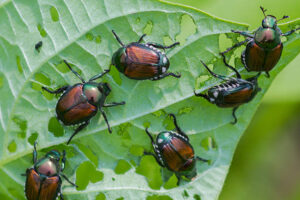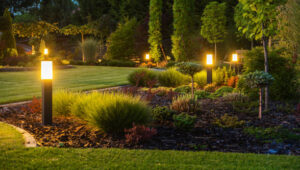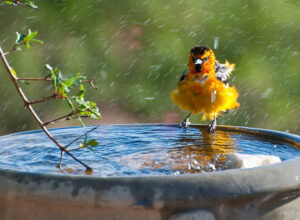Exploring the Beauty of Bromeliads in Your Garden
Introduction
Step into the enchanting world of Bromeliads, where vibrant colors, unique shapes, and low-maintenance elegance come together to transform your garden into a tropical haven. These fascinating plants, native to the Americas, have gained popularity for their striking appearance and adaptability. In this exploration of “Exploring the Beauty of Bromeliads in Your Garden,” we’ll uncover the secrets to successfully incorporating these beauties into your outdoor space, creating a lush and captivating landscape
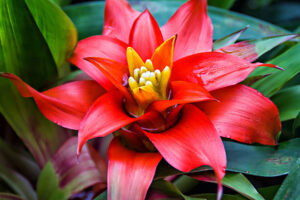
Bromeliads: A Symphony of Colors and Forms
Bromeliads are a diverse family of plants, boasting an array of species that vary in size, shape, and color. From the iconic pineapple plant (Ananas comosus) to the exotic Neoregalia with its vivid hues, there’s a Bromeliad for every garden style. Their unique rosette-shaped leaves and stunning inflorescences make them a focal point, adding a touch of the tropics to any landscape.
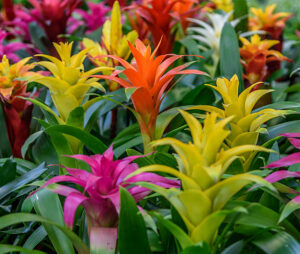
Choosing the Right Variety for Your Garden
When exploring the beauty of Bromeliads, it’s essential to choose varieties that align with your climate, soil conditions, and aesthetic preferences. Some Bromeliads, like the Neoregalia and Guzmania, thrive in partial shade, making them ideal for gardens with filtered sunlight. On the other hand, sun-loving varieties such as Aechmea and Dyckia flourish in brighter conditions.
Consider the mature size of the Bromeliad, ensuring it complements the scale of your garden. Whether you opt for the architectural elegance of Tillandsia or the dramatic foliage of Vriesea, each Bromeliad brings its unique charm to the landscape.
Planting and Care Tips:
Bromeliads are known for their adaptability and low-maintenance nature, making them a favorite among both novice and seasoned gardeners. When planting Bromeliads, ensure they are placed in well-draining soil to prevent waterlogging, which can lead to root rot. Incorporate organic matter into the soil to provide essential nutrients.
Watering Bromeliads is a delicate balance. Most varieties have specialized water-holding structures called “tanks” formed by their leaves, allowing them to collect water. Water the central tank regularly, keeping it filled, and moisten the surrounding soil. Avoid overwatering to prevent stagnant water, which may attract pests.
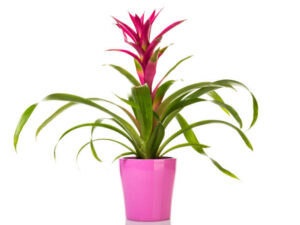
Creating Bromeliad Displays:
Bromeliads lend themselves well to creative displays, making them versatile additions to your garden. Consider planting them in clusters, allowing the different shapes and colors to complement each other. Use them as ground cover, accentuating walkways or garden borders. For a striking focal point, showcase a single Bromeliad in a decorative pot or urn.
Mixing Bromeliads with other tropical plants or incorporating them into existing garden beds adds depth and visual interest. Their ability to thrive in containers makes them excellent choices for patios, balconies, or even indoor spaces with bright, indirect light.
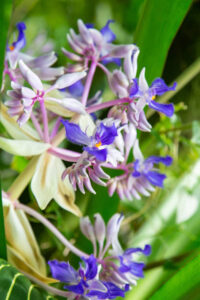
Dealing with Common Challenges
While Bromeliads are generally hardy, they may face challenges such as pest infestations or diseases. Keep an eye out for mealybugs or aphids, particularly in the leaf axils. A gentle rinse with soapy water or the introduction of natural predators like ladybugs can help manage these nuisances.
Prevent fungal issues by ensuring good air circulation and avoiding excessive moisture around the base of the plant. Regular inspection and prompt action can address most challenges, ensuring your Bromeliads remain healthy and vibrant.
Propagation and Bromeliad Offsets
Bromeliads have a fascinating life cycle that involves the production of offsets or “pups.” These small plants develop at the base of the mother plant and can be separated once they reach a reasonable size. Gently remove the offset, ensuring it has roots, and plant it in a suitable location. This propagation method allows you to expand your Bromeliad collection and share these captivating plants with fellow enthusiasts.
Conclusion: A Tropical Symphony in Your Garden
As you embark on the journey of exploring the beauty of Bromeliads in your garden, envision a landscape adorned with vibrant colors, captivating forms, and a touch of the exotic. These resilient plants offer not only aesthetic allure but also a sense of tranquility and tropical splendor. With their low-maintenance nature and adaptability, Bromeliads invite both novice and seasoned gardeners to create a lush and visually stunning outdoor sanctuary. Let your garden become a tropical symphony, where Bromeliads take center stage, transforming your space into a botanical haven of unparalleled beauty.

